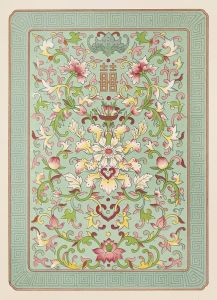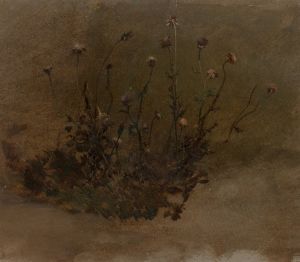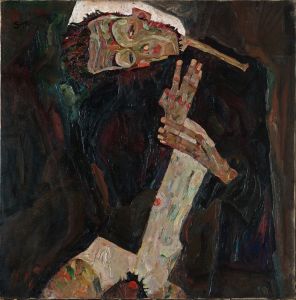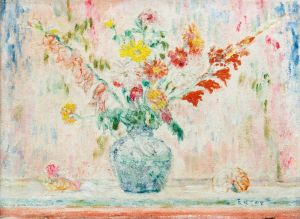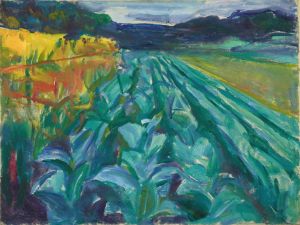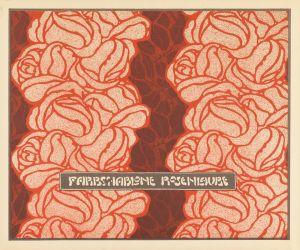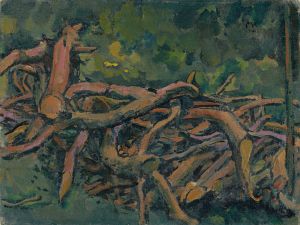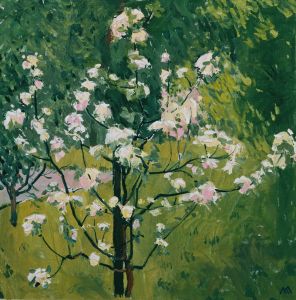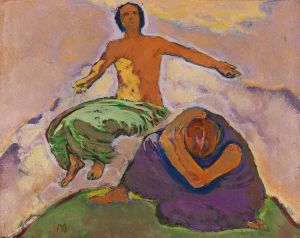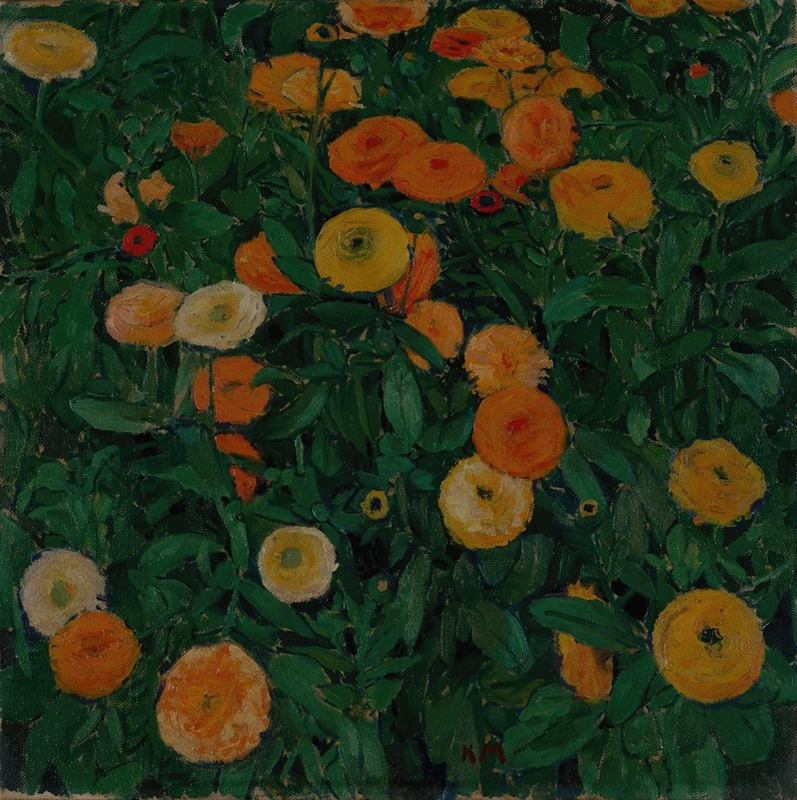
Marigolds
A hand-painted replica of Koloman Moser’s masterpiece Marigolds, meticulously crafted by professional artists to capture the true essence of the original. Each piece is created with museum-quality canvas and rare mineral pigments, carefully painted by experienced artists with delicate brushstrokes and rich, layered colors to perfectly recreate the texture of the original artwork. Unlike machine-printed reproductions, this hand-painted version brings the painting to life, infused with the artist’s emotions and skill in every stroke. Whether for personal collection or home decoration, it instantly elevates the artistic atmosphere of any space.
Koloman Moser (1868–1918) was an Austrian artist and designer, widely recognized as one of the leading figures of the Vienna Secession movement and a co-founder of the Wiener Werkstätte. His work spanned various artistic disciplines, including painting, graphic design, furniture, and decorative arts. Among his notable contributions to the art world is the painting "Marigolds."
"Marigolds" is a work that exemplifies Moser's distinctive style, which often blended elements of Art Nouveau with geometric precision and a focus on decorative aesthetics. The painting depicts marigold flowers, rendered with meticulous attention to detail and a harmonious use of color. The composition reflects Moser's interest in nature as a source of inspiration, a theme commonly explored by artists of the Vienna Secession. The flowers are stylized, showcasing Moser's ability to balance naturalistic representation with abstraction.
This painting is significant as it demonstrates Moser's transition from traditional academic art to the more modern and innovative approaches championed by the Vienna Secession. The movement, founded in 1897, sought to break away from the conservative art institutions of the time and promote a more inclusive and forward-thinking approach to art and design. Moser's work, including "Marigolds," played a key role in defining the visual language of this movement.
While the exact date of creation for "Marigolds" is not definitively documented, it is consistent with Moser's artistic output during the late 19th and early 20th centuries. This period marked a flourishing of creativity for Moser, as he experimented with various media and techniques. His work during this time often featured floral motifs, which were central to the Art Nouveau aesthetic.
"Marigolds" is also notable for its decorative qualities, reflecting Moser's belief in the integration of art into everyday life. This philosophy was a cornerstone of the Wiener Werkstätte, the design collective he co-founded in 1903. The collective aimed to blur the boundaries between fine art and applied arts, producing objects that were both functional and beautiful.
Today, "Marigolds" is appreciated as a testament to Koloman Moser's artistic vision and his contributions to modern art and design. The painting is held in high regard for its aesthetic qualities and its historical significance within the context of the Vienna Secession and the broader Art Nouveau movement.





